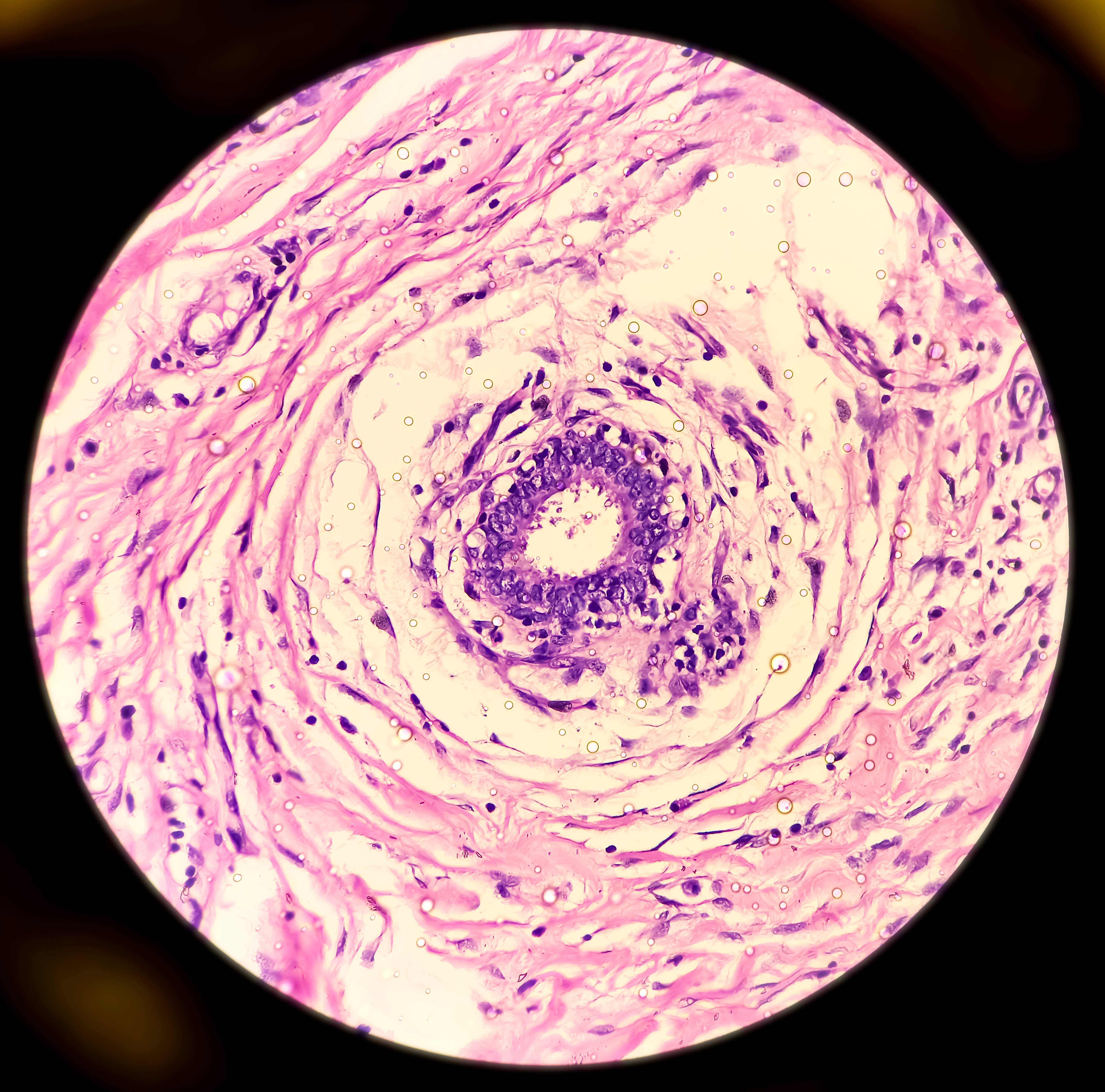
Targeting the NLRP3 inflammasome may effectively reduce inflammation in patients with hidradenitis suppurativa, according to a study published by Moran et al in the British Journal of Dermatology. Researchers conducted single-cell RNA sequencing to analyze gene expression in the immune cells of patients with hidradenitis suppurativa and controls. They then used flow cytometry to quantify the absolute numbers of the main immune populations. Compared with the skin of controls, there were higher numbers of plasma cells, T helper 17 cells, B cells, neutrophils, dermal macrophages, and dendritic cell subsets, as well as enhanced genes and pathways associated with T helper 17 cells, interleukin-17, interleukin-1 beta, and the NLRP3 inflammasome, in the skin of patients with hidradenitis suppurativa. Patients with the disease also had an immune transcriptome that was distinct and more heterogeneous—and the secretome of hidradenitis suppurativa skin explants comprised significantly higher concentrations of inflammatory mediators such as interleukin-1 beta and interleukin-17A. The researchers found that culture with an NLRP3 inflammasome inhibitor decreased the secretion of the inflammatory mediators. They concluded that targeting the NLRP3 inflammasome with small-molecule inhibitors may be effective at improving disease burden among patients with hidradenitis suppurativa.